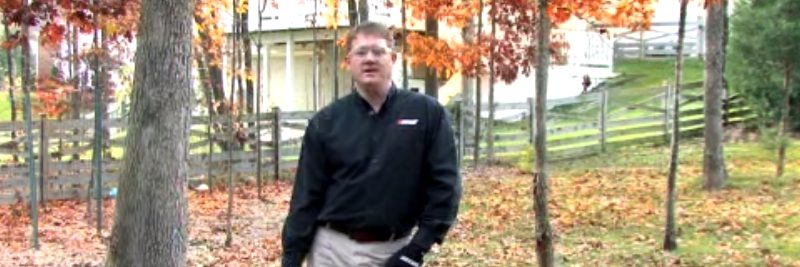Dom Quinto is given credit for inventing the leaf blower, but it could be argued that he didn’t really invent the device. You see, when it was created in the 1950’s, it was introduced as a method of being able to spray chemicals in agricultural situations. The manufacturers of the device that Quinto invented saw that many of their consumers where buying the machine and then removing the chemical dispersion unit, leaving just the blower. This was seen as a good maintenance tool for clean-up tasks, especially in areas where water conservation was needed, and today annual sales are about 1 million units per year.
Could the Leaf Blower Have Been Invented By Someone Else?
Although Dom Quinto is given credit for the invention of the leaf blower in many circles, some say that is was the Japanese in the 19th century who invented the maintenance device for their meticulous gardens. By having the blower operate efficiently, there would be less risk of causing damage to the gentle nature of the plants that can be found in a traditional Japanese garden.
The Issue: There is nothing available today to verify either claim. According to some timelines, in fact, the Japanese even invented the modern leaf blower by attaching a better mower and a hose to create more precise blowing methods. What we do know is that in the 1970’s, the first leaf blowers were introduced to the United States. By 1975, the first citywide bans for this invention were also being instituted.
Are Leaf Blowers Actually Faster Than Traditional Methods?
Because some leaf blowers can exceed 80 decibels in noise, many communities have looked for alternative methods to clean up landscaping. Several studies have been done regarding the use of this invention and many have come to the conclusion that traditional methods of yard care, including something as simple as a rake, or just as effective at cleaning up a yard quickly. One grandmother in 1998, in fact, was able to clean her yard faster than any battery operated leaf blower and almost as fast as gas blowers.
The issue with the leaf blower is that it is difficult to fine tune the mechanism to work in a wide variety of ways. Take the cleanup of pine needles, for example. Underneath the typical layer of pine needles lay loose, damp dirt. When you clean these up by raking them up, you get full control over the chore and can eliminate them without extra mess. With a leaf blower, however, it can send the damp dirt underneath the needles up to 6 feet away, creating another mess that needs to be cleaned up.
The benefit to the leaf blower is definitely ease and convenience, something that manual labor generally cannot provide. Although the actual invention of the leaf blower is up for debate, its ability to quickly clear a yard of loose debris is not. It is an affordable and easy device to use and that’s why so many people own one – unless their community has banned their use, that is.
Strong proponent of individual liberty and free speech. My goal is to present information that expands our awareness of crucial issues and exposes the manufactured illusion of freedom that we are sold in America. Question everything because nothing is what it seems.




















